The 5 Things Buyers Need to Know Before They Say Yes
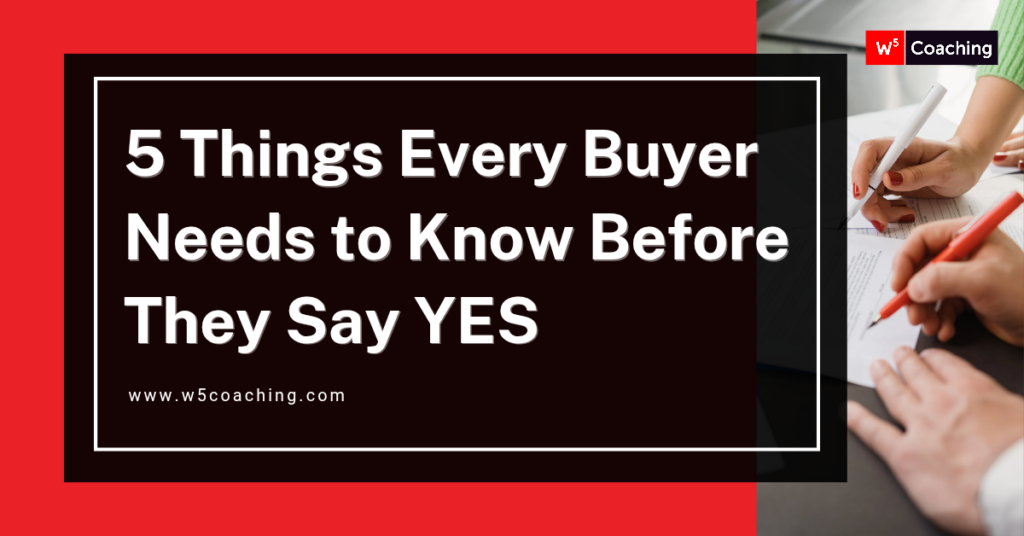
Most of your prospects don’t know how to buy what you’re selling.
One of the things I talk about a lot with my clients – especially the ones selling coaching, consulting, or other professional services – is this:
Most of your prospects don’t know how to buy what you’re selling.
They don’t know how to assess it, how to calibrate it, how to extract value from it.
It’s not like buying a new set of tires or a coffee maker. You can’t kick the tires on coaching. It’s intangible. Invisible.
So what ends up happening?
They either guess. Or they don’t decide at all.
Which is why your job is to lead them through the decision. Not push them. Lead them.
And there are five things they need to know before they say yes.
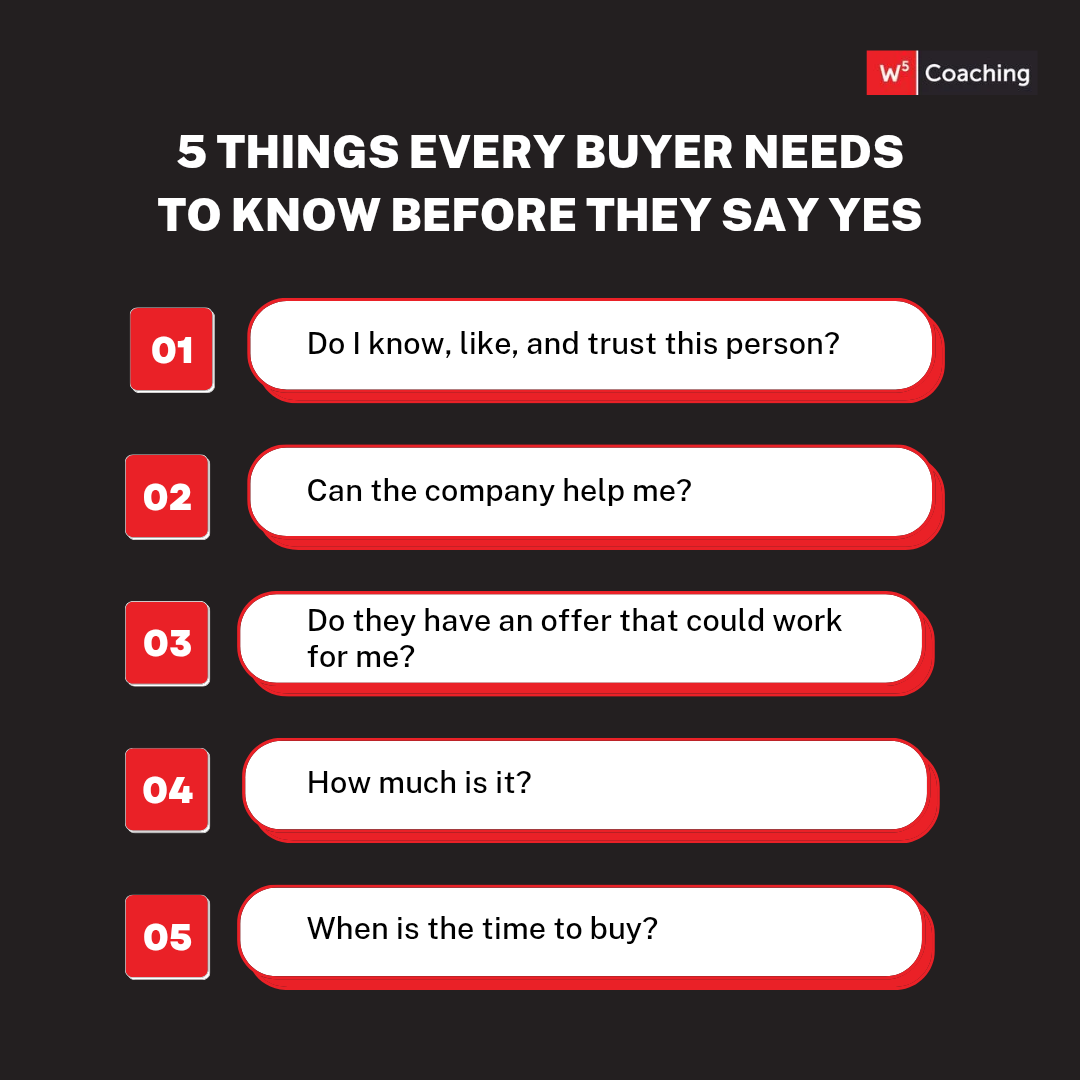
1. Do I Know, Like, and Trust You?
When someone’s sitting across from you, their first internal question is: Who is this person? Can I trust them?
This is where I use what Sandler calls an upfront contract. I say something like:
“Hey, would it be okay if I outlined how I’d like us to spend our time together today? First, I’ll tell you a bit about me and my background. Then I’ll walk you through the W5 coaching system I use to get results for clients like you. After that, we’ll talk about your business. And then if it makes sense, we can talk about the options for working together and pick one if you’re ready. Does that sound good?”
That little speech – less than a minute long – completely shifts the tone. It sets the context before we get into the content. It’s how you start facilitating instead of “selling.”
I remember sitting down with a guy named Fred. Brilliant guy. Total skeptic. The kind of guy who’s used to being the smartest and most powerful person in the room.
I gave him that exact upfront contract. And I could see him relax. Like, “Oh… okay. This makes sense.”
That’s the moment you know you’re off to a good start.
2. Can You Help Me?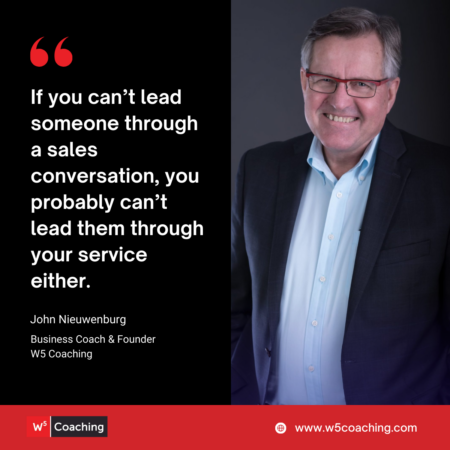
The second question they’re asking: Can this person or company actually help me?
But you can’t tell them that. You’ve got to show them. And one of the best ways to do that is to make your process visible.
Lay out how you work together step-by-step. (See this article for a detailed example of how to do this: show your process.)
Show your clients what’s going to happen, when it’s going to happen, and what they’re paying for.
That’s what makes your work tangible. That’s what creates trust.
On the flip side, I once hired a tax accountant. Gave her a $5,000 deposit to fix a problem. Next thing I hear? A bill for another $1,800. No update. No context. No estimate. Just a bill.
You want to guess how that relationship turned out?
You can’t just vanish behind a curtain. If you want to be seen as a professional, you need to act like one. Break it down. Make it visible. Give people something they can follow.
3. What Are My Options? Do You Have an Offer That Would Work for Me?
At this stage, people often start asking buying questions. “How do you work with people?” “What are your programs?” “What would this look like?”
That’s your cue.
When they ask those questions, stop selling. You just got a buying signal.
You’ve moved from pain exploration into the “What does it look like to work together?” stage.
You could say something like:
“Okay, there are three programs I offer. Forget this one – it’s not right for you. That leaves the silver and the gold. Most people in your shoes go with silver. Want to hear more about that?”
And then you can talk about what it takes to get started.
You’re not pushing people into buying something. You’re helping them choose. That’s leadership. That’s service.
4. How Much Is It?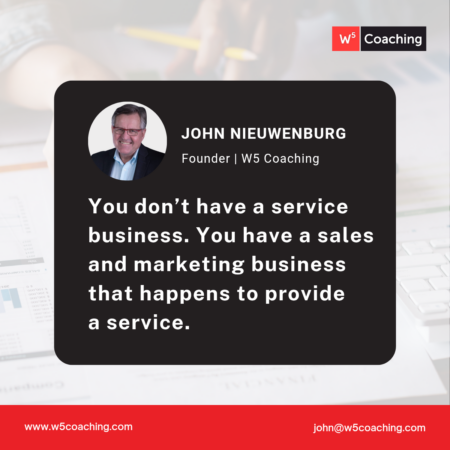
Now we’re into the money conversation.
By now, you’ve earned the right to talk about investment. You’ve shown you understand their problems. You’ve outlined your process. They’ve asked what working together looks like.
You can say something like this:
“Here’s how it works. You sign the agreement, we pick a start date, and I’ll send you an invoice for the first payment.”
Simple. Clear. Professional.
No surprises.
Remember my accountant story? That was a failure of process and communication. Don’t do that.
5. When Should I Buy?
This is the buyer’s remorse zone.
They’ve made the decision, but now their brain starts second-guessing. “Did I do the right thing?” “Should I have waited?” “Maybe I jumped too fast.”
The best way to avoid this?
Shift them from decision to action.
Give them something to do: “Can you send me your financials before our next meeting?” or “Grab a copy of this book and read the first few chapters.”
It doesn’t really matter what, just give them something legitimate to do that gets them moving.
The shift from thinking to doing is what solidifies the decision.
Selling is leading. If you can’t lead someone in a sales process, you probably can’t lead them as a service provider.
And no, I’m not saying manipulate them. I’m saying facilitate the decision. Serve them by guiding them through the process.
Just like a great facilitator runs a meeting so everyone gets heard, stays on track, and gets to an outcome – you can run a sales conversation that leads to a decision that’s in the client’s best interest.
You can’t just “be great at providing the service you offer.” You have to be great at marketing and selling, too.
Because as I often say:
You don’t have a service business. You have a marketing and sales business that happens to offer a service.
If this sounds familiar – if you’re great at what you do but struggling to turn that into paying clients – let’s talk.
I’ve helped many clients overcome their discomfort with sales, develop a system for selling, and increase their revenue dramatically.
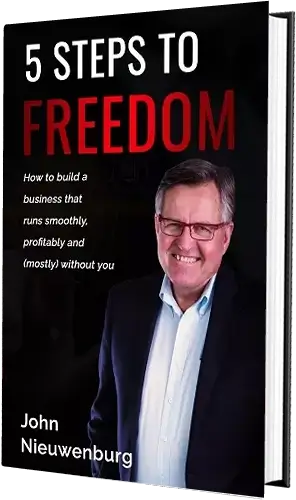
Build a Self-Managing Company
How to build a business that runs smoothly, profitably, and (mostly) without you.
Feeling stressed out and overwhelmed with a business that is taking all your time - and not giving you enough in return?
Are you finding it challenging to hire the right team (and get them to do the right things)?
I wrote this little guide for you!
Enter your details below to receive your free copy!
